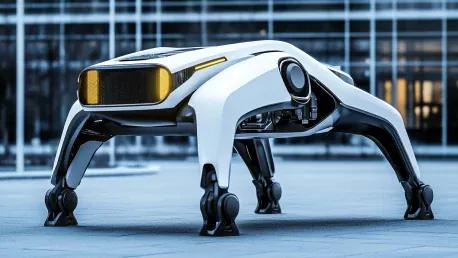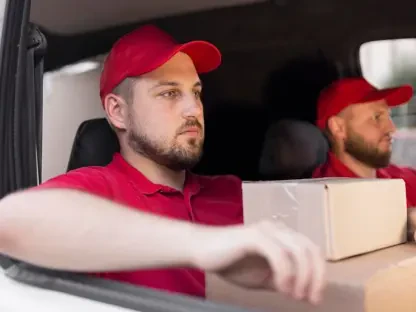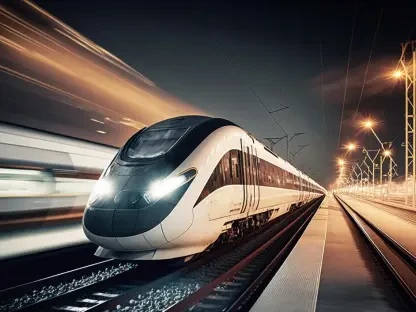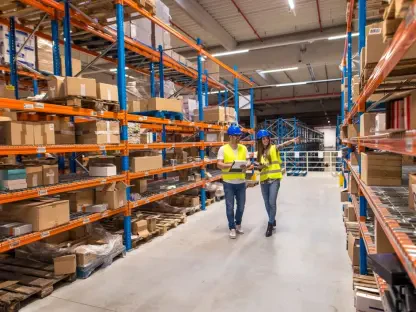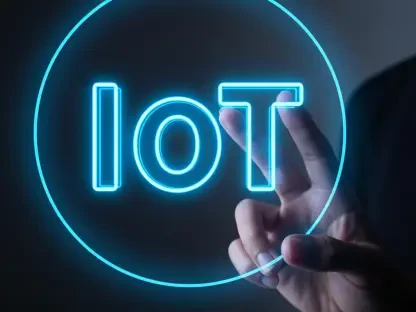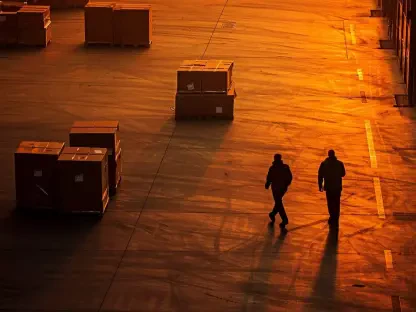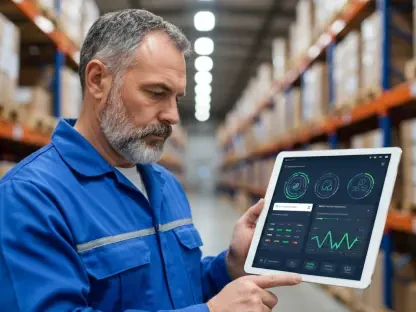Rohit Laila has decades of experience in the Logistics industry, which spans across supply chain and delivery. He is also passionate about technology and innovation in the sector. Today, he’s here to discuss Milo, the four-legged delivery robot, and its significant impact on the logistics industry.
What inspired you to create Milo, the four-legged delivery robot?
The inspiration to create Milo came from the increasing challenges faced by delivery drivers. It’s an exhausting job with many tasks to juggle, and the “last mile” delivery to customers’ doors is particularly time-consuming and labor-intensive. We wanted to develop a solution that could lessen this burden and increase efficiency, enabling drivers to focus on other critical tasks.
Can you explain in detail how Milo helps ease the burden on delivery drivers?
Milo is designed to take on some of the more repetitive and physically demanding parts of a delivery driver’s job. By handling the delivery from the truck to the customer’s door, Milo allows drivers to manage package sorting, perform parallel deliveries, or even take brief rests. This augmentation of their workflow helps reduce fatigue and improve overall efficiency.
What specific challenges does Milo address in the “last mile” of delivery?
The “last mile” is often fraught with issues such as navigating different terrains, reaching multiple locations simultaneously, and dealing with physical exhaustion from repetitive walking and package handling. Milo addresses these by autonomously delivering packages directly from the truck to the doorstep, thus saving time and physical effort.
How does Milo navigate obstacles in its path?
A:
Milo uses advanced AI technology to detect and navigate around obstacles. Its AI algorithms are continually trained to adapt to various environments and obstacles to ensure smooth operation.
How effective is its obstacle navigation based on your tests?
A:
The results from our tests have been very promising. Milo has shown high accuracy and reliability in identifying and maneuvering around obstacles, ensuring successful deliveries in diverse environments.
How does Milo get from the delivery truck to the ground?
A:
Milo is equipped with a mechanism that allows it to hop down from the truck. Its design includes legs that can handle the descent smoothly, ensuring that it can transition seamlessly from the truck to the ground.
What features does Milo have to ensure it delivers packages accurately?
A:
Milo is equipped with a crane-like arm to hand parcels to customers directly. Its AI system ensures the correct package is delivered by cross-referencing delivery data and verifying addresses to avoid mistakes.
How reliable has Milo been in real-world tests for delivering packages?
A:
In our real-world tests in Switzerland, Milo has proven to be very reliable, successfully delivering packages accurately and efficiently in various conditions.
How has your partnership with Nvidia contributed to Milo’s development?
A:
Our collaboration with Nvidia has been instrumental in Milo’s development. Nvidia’s tools and simulation environments have allowed us to train Milo’s AI effectively, enhancing its learning and obstacle navigation capabilities.
What specific Nvidia tools have you used?
A:
We have used Nvidia’s simulation environments extensively for reinforcement learning. These tools help simulate real-world scenarios to train Milo’s AI system, preparing it for real-world operations.
How do simulation environments help in Milo’s training?
A:
Simulation environments allow us to test various scenarios that Milo might encounter, without the need for physical trials. This accelerates its learning curve and helps refine its decision-making processes.
What has been the reception from customers and delivery drivers to Milo in Switzerland?
A:
The feedback has been overwhelmingly positive. Customers appreciate the convenience, and delivery drivers find their workloads have become more manageable, allowing them to focus on other important aspects of their job.
Any stories or feedback you’ve received?
A:
We’ve had stories of drivers expressing how less fatigued they feel and how they can manage their routes more effectively with Milo’s assistance. Customers also find it fascinating to receive their packages from a robot.
What are your expansion plans for Milo in the U.S.?
A:
We are planning to introduce Milo to cities like San Francisco and Boston, where there is a high demand for innovative delivery solutions. These cities also present a dynamic urban environment perfect for testing and expanding our operations.
Why did you choose San Francisco and Boston as potential cities?
A:
These cities have a solid technological infrastructure, high e-commerce activity, and are generally receptive to new tech advancements, making them ideal for Milo’s introduction in the U.S.
Are there any unique challenges you anticipate facing in the U.S. compared to Switzerland?
A:
Yes, the diverse urban landscapes and regulatory environments in the U.S. present unique challenges. Navigating legal frameworks and ensuring Milo adapts to different city layouts will be key areas of focus.
What future developments or upgrades are you planning for Milo?
A:
We are working on integrating advanced communication features to improve interaction with customers, improving navigation algorithms, and adding more robust safety features to enhance overall reliability.
Are there any new features you’re particularly excited about?
A:
Yes, we are particularly excited about developing enhanced AI to improve Milo’s decision-making capabilities, which will further streamline delivery processes and improve customer experiences.
How can interested cities or companies express interest in Milo’s services?
A:
Interested parties can reach out through our official website or contact our business development team directly. We are keen to collaborate with cities and companies looking to enhance their delivery systems with cutting-edge technology.
